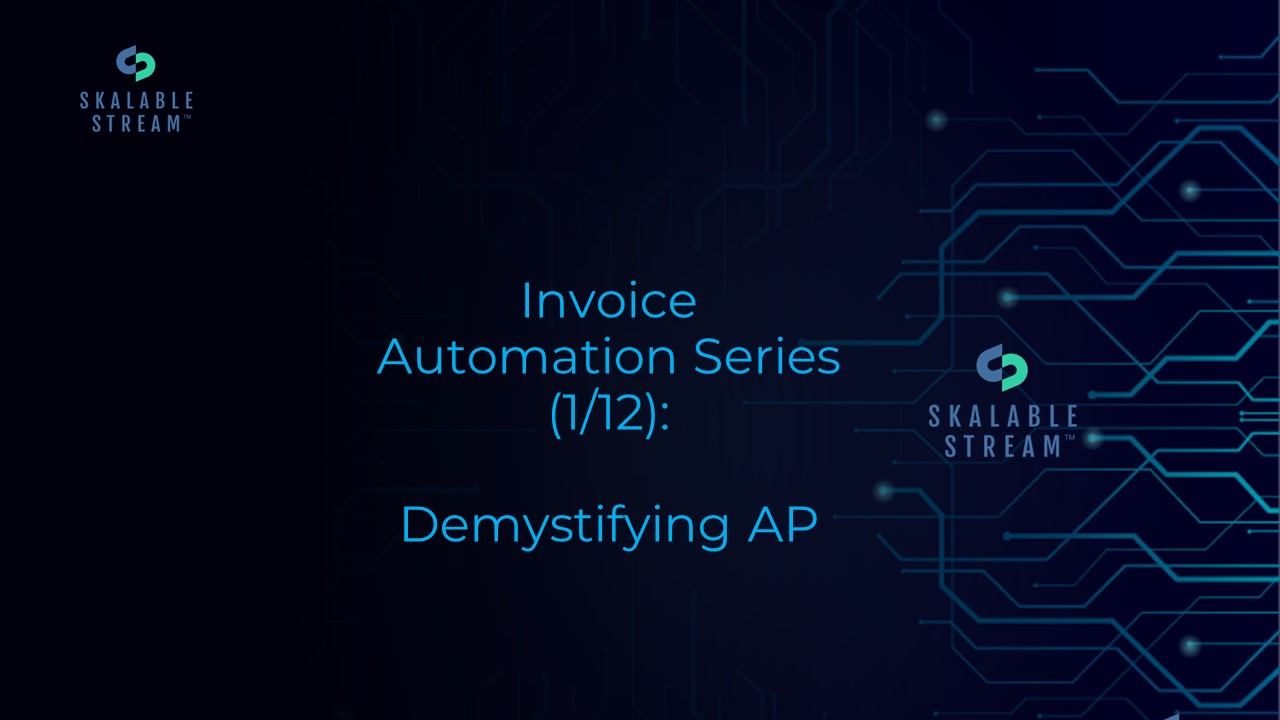

Understanding Accounts Payable: The Money Your Company Owes (Part 1 of 12)
Introduction to Accounts Payable (AP)
Introduction:
Welcome to the first post in our 12-part series on invoice automation! In this introductory article, we’ll break down the concept of Accounts Payable (AP) in simple terms that everyone can understand, even if you don’t have an accounting background. Let’s dive in and explore what AP means for your business.
What is Accounts Payable? Think of Accounts Payable as the money your company owes to others for things you’ve bought. It’s like when you go shopping and use your credit card – you get the things you want now, but you have to pay for them later.
In business, when your company buys goods or services from a supplier but doesn’t pay right away, that’s Accounts Payable. The supplier sends an invoice, which is like a bill, telling your company how much it owes and when the payment is due.
A Simple Example: Imagine you own a bakery and you order flour, sugar, and other ingredients from a supplier. The supplier sends you the goods along with an invoice stating the total amount you owe and the due date for payment. Until you pay the invoice, the amount you owe is recorded as Accounts Payable in your bakery’s financial records.
Key Points to Remember:
- Accounts Payable is a liability on your company’s balance sheet, representing the money your company owes to suppliers.
- AP is a short-term liability, meaning your company usually pays these bills within a set timeframe, such as 30, 60, or 90 days.
- Managing Accounts Payable is crucial for maintaining good relationships with suppliers, ensuring a steady supply of goods and services, and managing cash flow.
- The Accounts Payable process involves receiving invoices, verifying their accuracy, getting necessary approvals, and making payments to suppliers on time.
- Efficient management of Accounts Payable can help your company save money by avoiding late payment fees, taking advantage of early payment discounts, and preventing fraud or errors.
Why Accounts Payable Matters: Your company keeps track of all these invoices and the money it owes in its financial records. This helps your company manage its cash and ensure it pays its bills on time. Paying on time is important because it keeps your suppliers happy and willing to do business with your company in the future.
Sometimes, suppliers offer discounts if your company pays its invoices early. Other times, your company might pay late and incur fees. So, it’s important for your company to stay on top of its Accounts Payable to save money and maintain good relationships with suppliers.
Conclusion: In a nutshell, Accounts Payable is the money your company owes to suppliers for things it has bought on credit. Managing it well helps keep your company’s finances in order and its relationships with suppliers strong.
However, managing Accounts Payable can be challenging, especially when relying on manual processes. In the next post, we’ll explore the common challenges companies face when processing AP invoices manually, and how these challenges can impact your business’s efficiency and bottom line. Stay tuned!
#AccountsPayable #InvoiceAutomation #BusinessFinances #SupplierRelationships
latest posts on linkedin
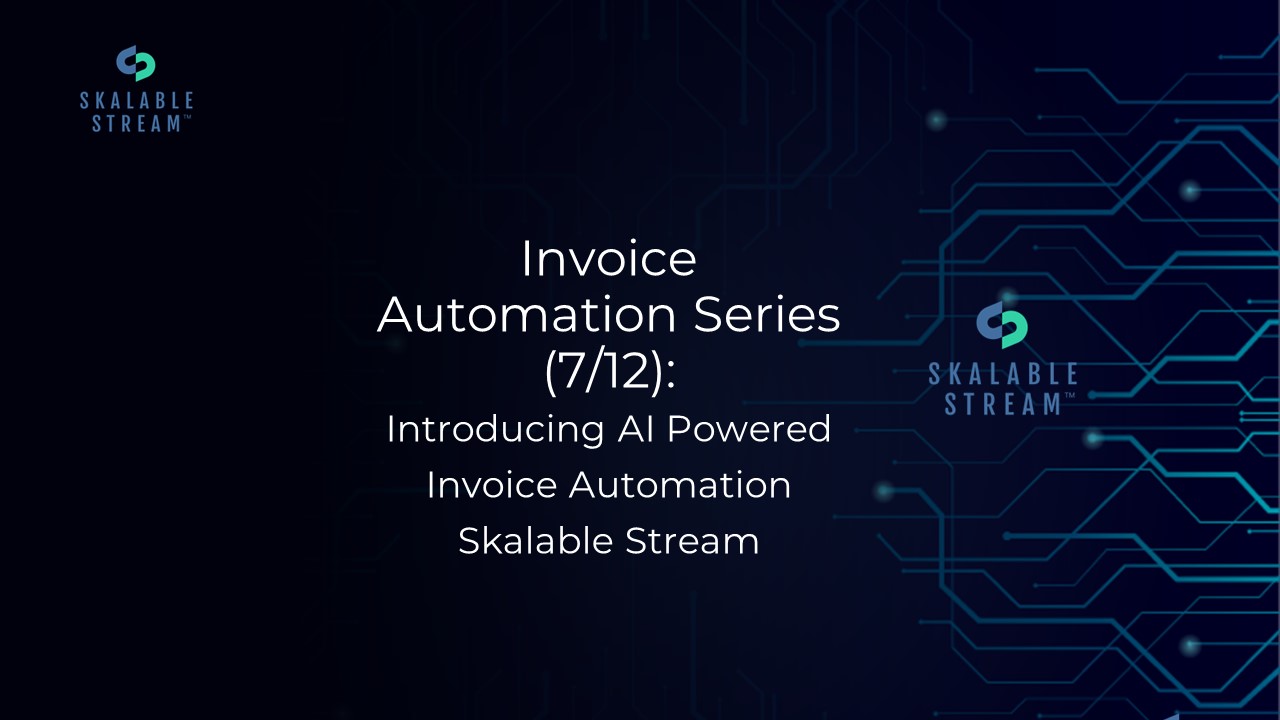
Introducing Skalable Stream – The future of AI Powered Invoice Automation (Part 7 of 12)
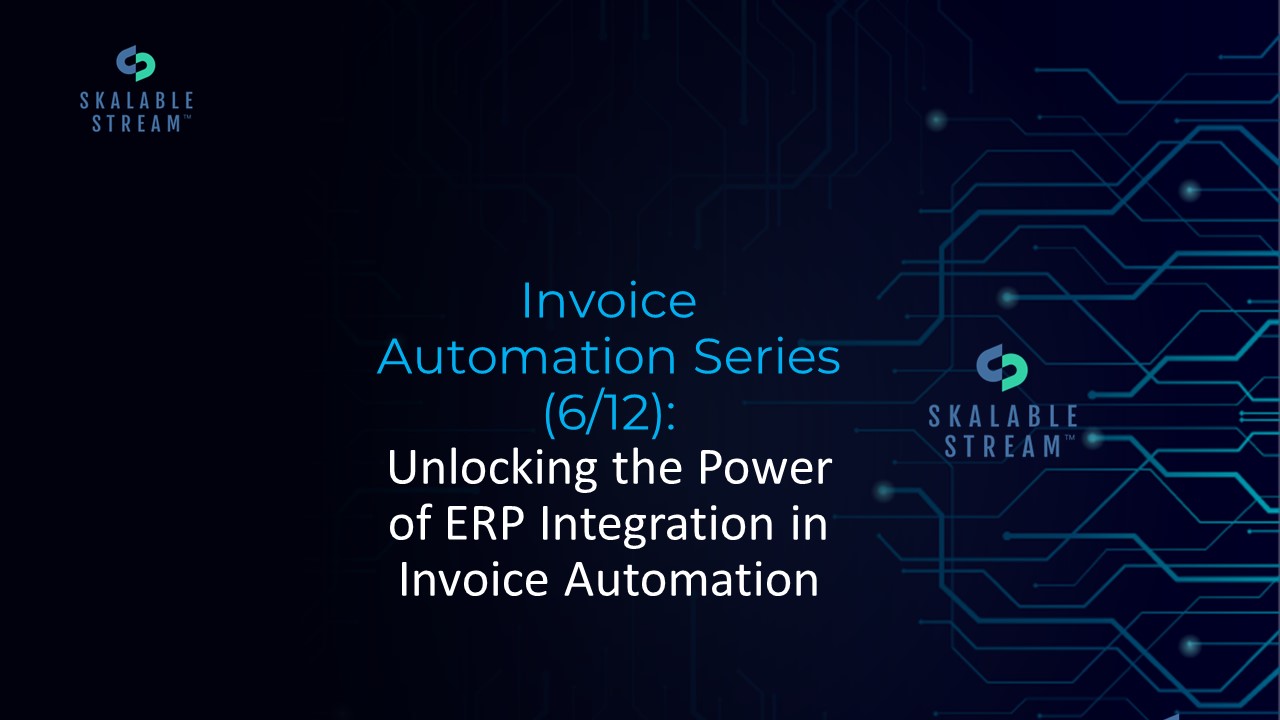
Unlocking the Power of ERP Integration in Invoice Automation (Part 6 of 12)
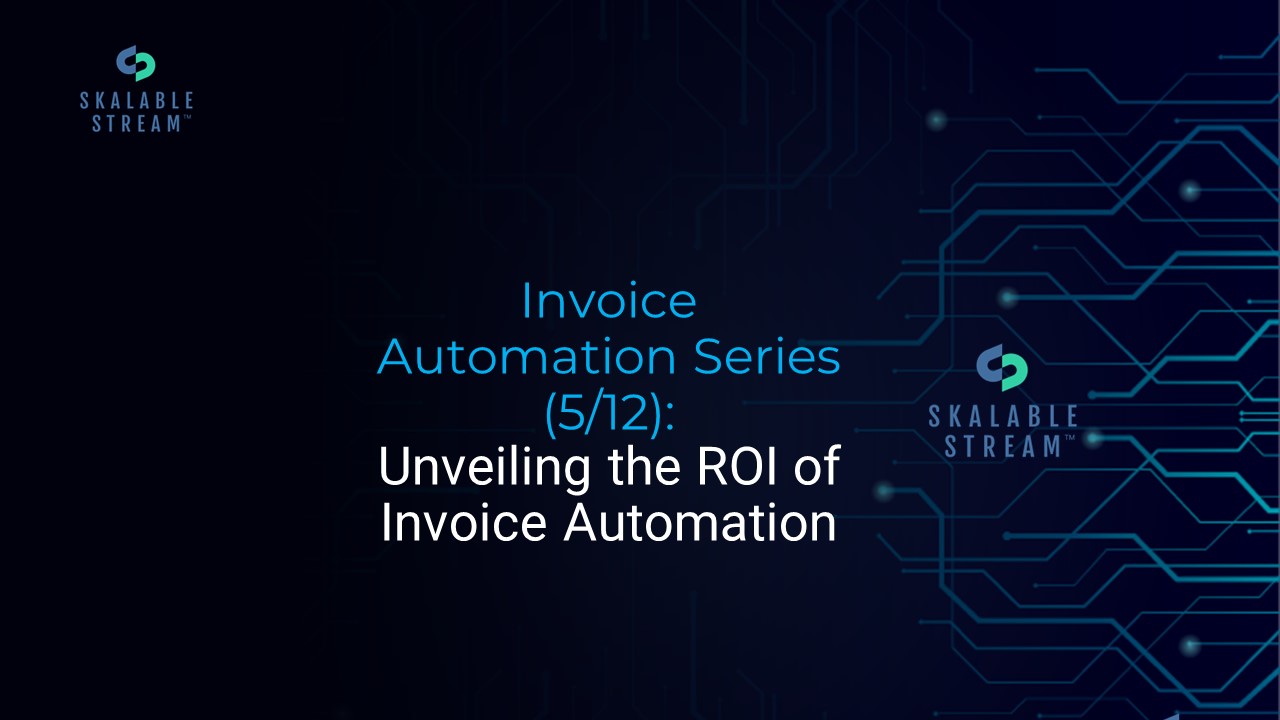
The ROI of Invoice Automation: Uncovering the Financial and Operational Benefits (Part 5 of 12)
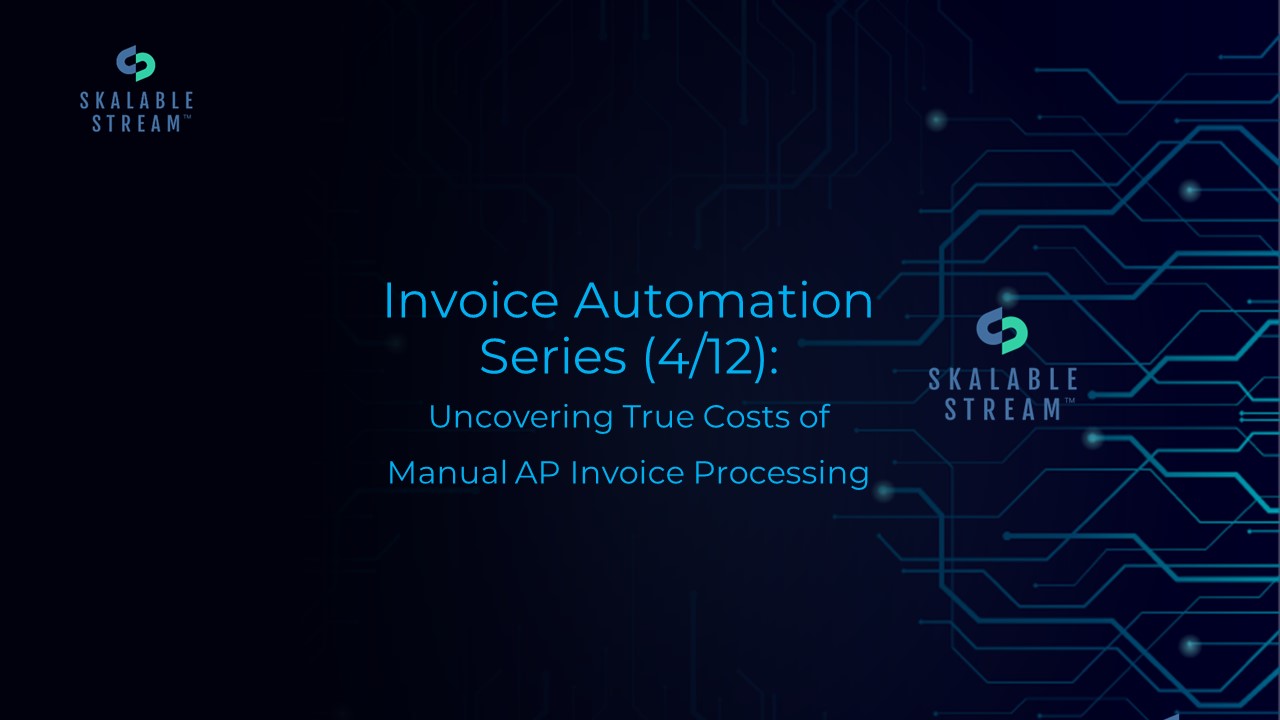
The High Cost of Manual AP Invoice Processing: Why Automation is a Game-Changer (Part 4 of 12)
Follow us on

Subscribe to our channel in order not to miss new training videos
Ready to connect?
We work with driven leaders who want to define the future. Together, we achieve extraordinary outcomes.
Follow us on

Follow us to see important business, professional news, trends and career tips.
Subscribe to Our Blog
We'll keep you in the loop with everything good going on in the modern working world.
Subscribeabout the article
Published March 17, 2024
about the author
Skalable Marketing
Senior Content Marketing Manager
Subscribe to Our Blog
We'll keep you in the loop with everything good going on in the modern working world.
SubscribeFollow us on

Subscribe to our channel in order not to miss new training videos
Ready to connect?
We work with driven leaders who want to define the future. Together, we achieve extraordinary outcomes.
Follow us on

Follow us to see important business, professional news, trends and career tips.
about the article
Published March 17, 2024
about the author
Skalable Marketing
Senior Content Marketing Manager
